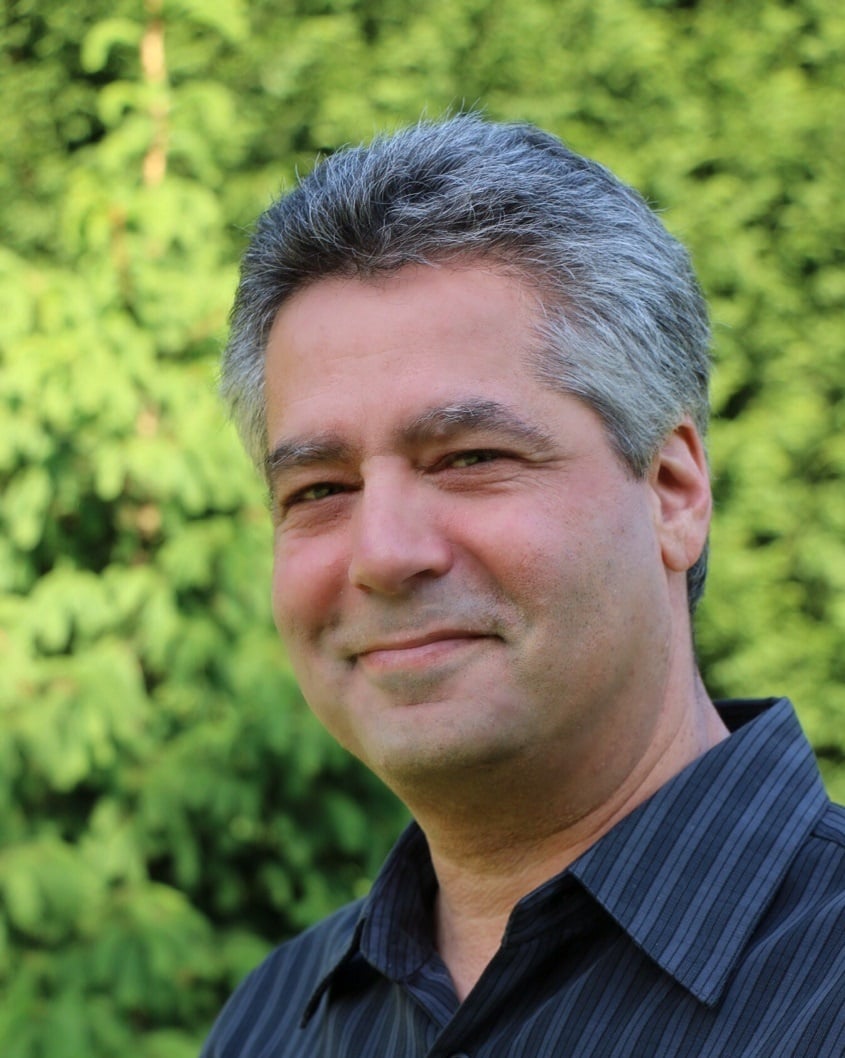University of Richmond researchers recently sparked vigorous debate within the patent community with a comprehensive analysis of the USPTO's application approval history over the past 17 years. While some have attributed the rising allowance rate seen under the Kappos administration to improved administrative efficiency, others are concerned that it may connote a drop in quality control standards.
Following a consistent decline in allowance rates throughout the two terms served by President George W. Bush, the USPTO's allowance rate rose by approximately 20 percent between 2009 and 2012. However, the data became much more interesting when researchers adjusted for requests for continued examination (RCEs) and similar routes by which inventors can resubmit a previously rejected application. After cleansing the data of all initial rejections associated with applications that were ultimately granted, researchers found that the allowance rate swelled to nearly 90 percent in 2012.
In a statement emailed to Ars Technica, USPTO officials framed the data as a reflection of increased efficiency across the agency. Now that inventors spend less time waiting for a response from patent examiners, officials insist that applicants are more motivated to pursue their cases through to approval.
Boston University researcher James Bessen holds a different interpretation of the evidence, highlighting a concerning paradox in which perhaps the only way for the USPTO to eliminate its well-publicized backlog is to grant patents to persistent inventors who continuously refile their amended applications. In a statement sent to Ars Technica, Bessen worried that RCEs and similar provisions are effectively forcing the agency to grant a higher portion of lower quality patents to demonstrate parallel progress in reducing its patent backlog.

